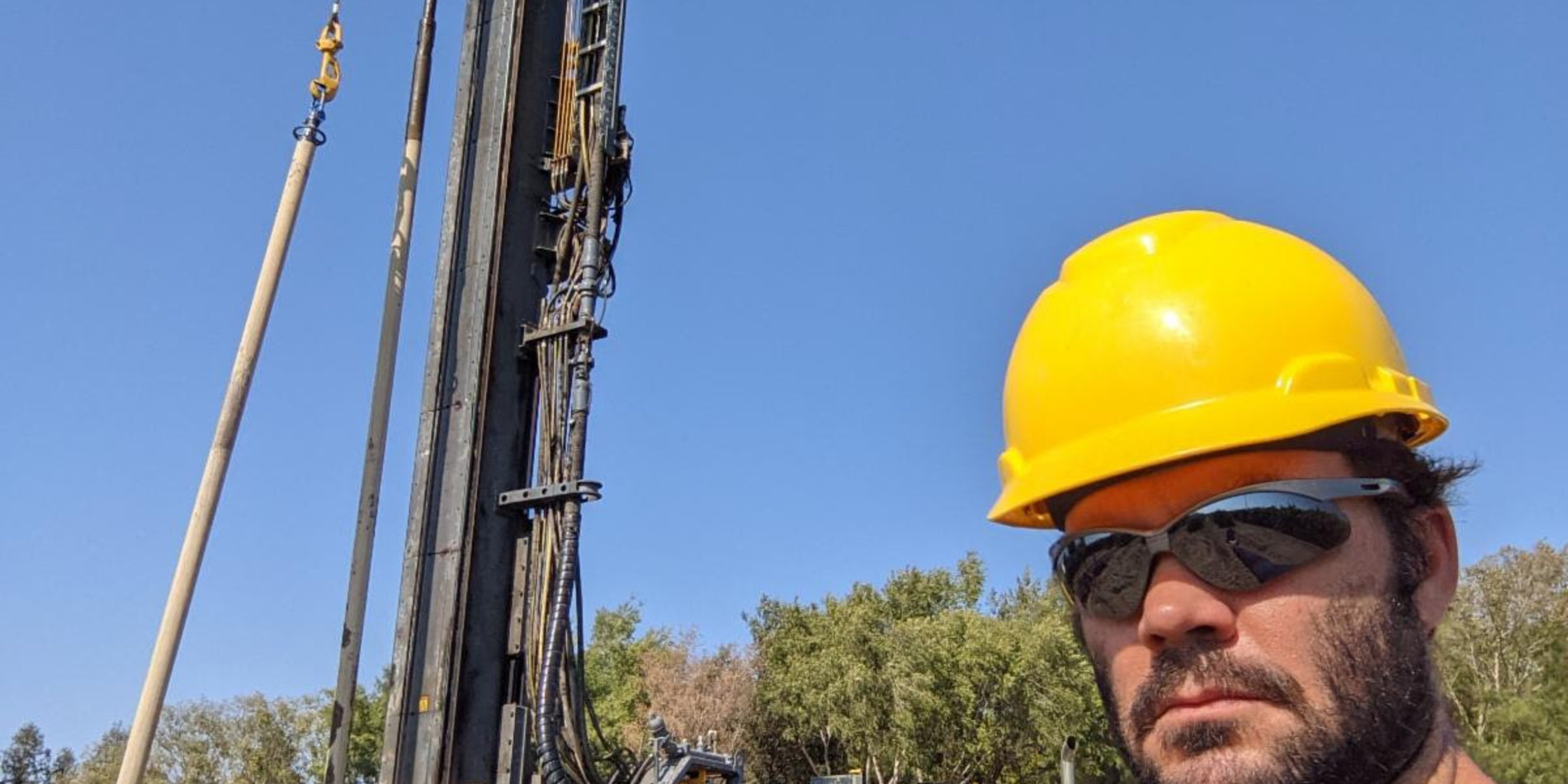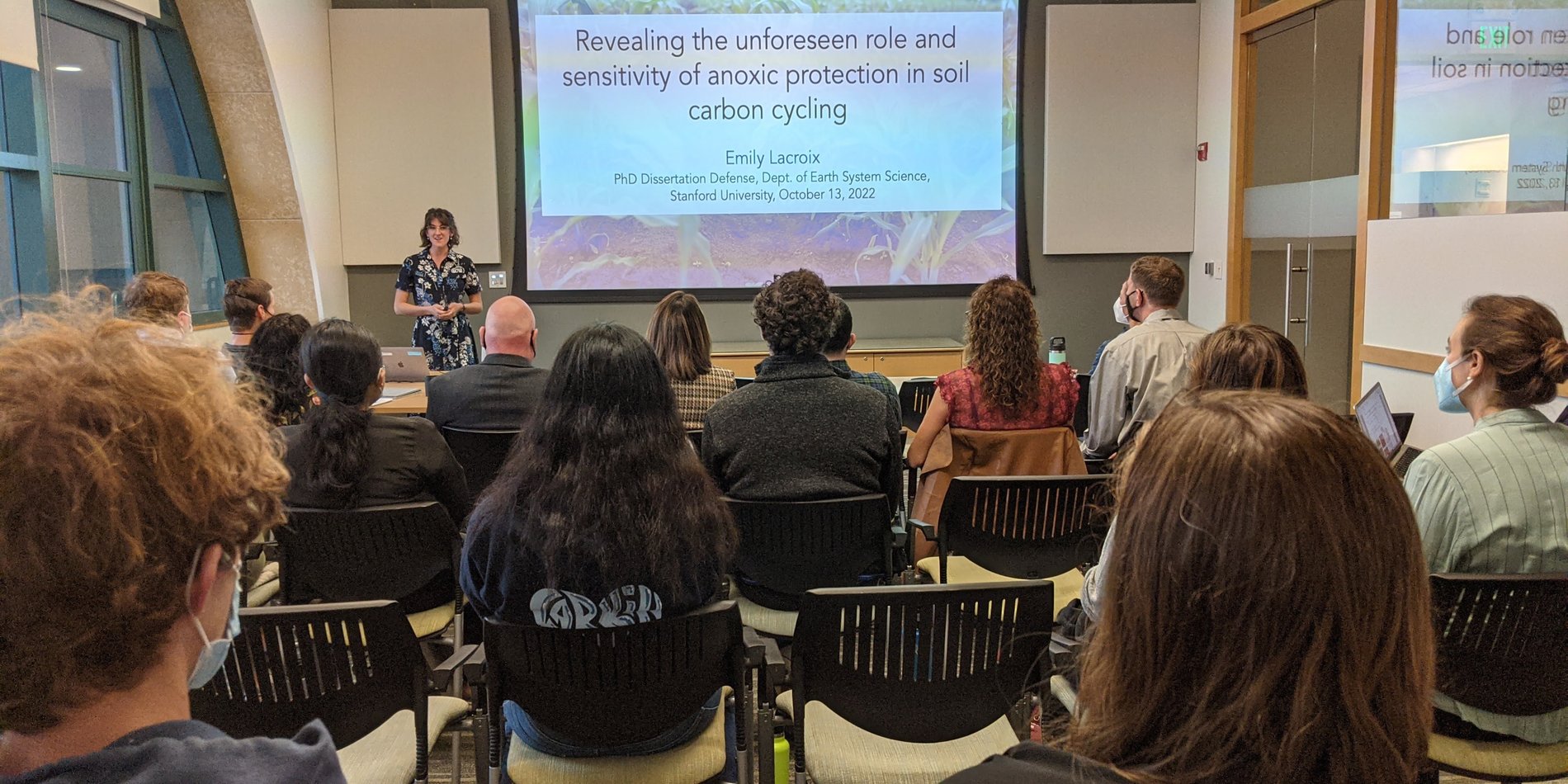New Publication: Simulated Aquifer Heterogeneity Leads to Enhanced Attenuation and Multiple Retention Processes of Zinc
Abstract
Maya Engel, Kristin Boye, Vincent Noël, Tristan Babey, John R. Bargar, and Scott Fendorf
Alluvial aquifers serve as one of the main water sources for domestic, agricultural, and industrial purposes globally. Groundwater quality, however, can be threatened by naturally occurring and anthropogenic metal contaminants. Differing hydrologic and biogeochemical conditions between predominantly coarse-grained aquifer sediments and embedded layers or lenses of fine-grained materials lead to variation in metal behavior. Here, we examine processes controlling Zn partitioning within a dual-pore domain-reconstructed alluvial aquifer. Natural coarse aquifer sediments from the Wind River−Little Wind River floodplain near Riverton, WY, were used in columns with or without fine-grained lenses to examine biogeochemical controls on Zn concentrations, retention mechanisms, and transport. Following the introduction of Zn to the groundwater source, Zn preferentially accumulated in the fine-grained lenses, despite their small volumetric contributions. While the clay fraction dominated Zn retention in the sandy aquifer, the lenses supported additional reaction pathways of retention—the reducing conditions within the lenses resulted in ZnS precipitation, overriding the contribution of organic matter. Zinc concentration in the groundwater controlled the formation of Zn-clays and Zn-layered double hydroxides, whereas the extent of sulfide production controlled precipitation of ZnS. Our findings illustrate how both spatial and compositional heterogeneities govern the extent and mechanisms of Zn retention in intricate groundwater systems, with implications for plume behavior and groundwater quality.


